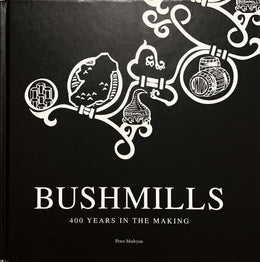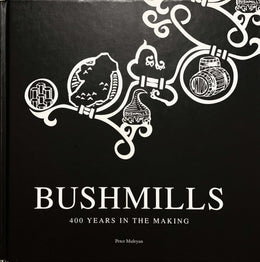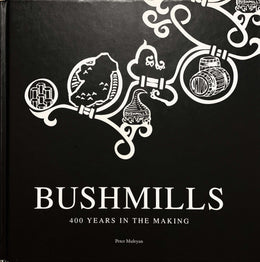
Distilling in pot stills is a slow, messy business. Whiskey has to be made in batches and then the coppers have to be cooled, emptied then filled again. What the Victorian industry needed was a method of continuous distillation, a simple linear process that would turn the messy medieval job of whiskey making into something more in keeping with the modern age of steam and iron.
Many patents were lodged, but the most important was a design registered in 1830 by none other than Aeneas Coffey, the former Inspector General of Excise in Ireland.
Coffey's invention would change everything. As a contemporary government publication put it, the Coffey still "...is said to be the speediest and most economical device for preparing a highly concentrated spirit in a single operation". These new patent or column stills produced a less flavoursome liquid than a traditional pot still, but it was more alcoholic, typically around 90% alcohol by volume, way above the 60% industry standard.


Traditional "pot stills" (still used by many distillers today) are typically onion-shaped and are less efficient in distilling spirit (Image Source: Whisky Advocate)
The traditional pot-still distillers in Dublin and Cork derided the new patent-still whiskey and dismissed it as 'silent spirit'. "These things," they claimed, "no more yield Whisky than they yield wine or beer." The Irish distillers were content in the knowledge that nothing could match the quality and the consistency of their full-flavoured pot-still whiskey.
So Aeneas Coffey left Dublin to sell his invention to the Scots and the English. They had little to lose — they were the underdogs. Their industry wasn't as modern, or as sophisticated as the Irish. Sure, there were plenty of distilleries in Scotland, but they were old, remote and scattered. Their whisky was rank with peat and iodine, but most importantly it was inconsistent.
The Irish clearly felt they had nothing to fear from the Scots. But they were very wrong. The giants of Irish whiskey decided to shun the innovative Coffey still and continue making their flavoursome pot-still whiskey. In short they went one way, the Scottish another. There could be only one winner.
Although the Coffey Patent Stills were expensive to install and operate, they could produce in a week what a pot-still could make in a nine-month season. The highly potent spirit was also almost tasteless, so could easily be flavoured to make cheap gin, brandy or even whiskey. Scotland's industrial belt, with its massive urban conurbations of Glasgow and Edinburgh, was the perfect location for the continuous still. London and Liverpool also embraced the new technology. The huge local populations gave these urban alcohol factories incredible economies of scale, so it is not surprising to see that they also took off in Belfast.
Belfast was unlike any other Irish city. It had heavy industry like shipbuilding and a large urban population. The Royal Irish, Avoniel and Dunville distilleries in Belfast and Watt's in the City of Derry all installed Mr Coffey's Patent Still. And after the repeal of the Corn Laws in 1846, distillers were able to buy cheaper imported grain.
This totally revolutionised whiskey making in the Province, as the balance of power shifted away from the traditional potstill whiskey of Dublin and Cork to the lighter grain whiskey of Belfast, but even more so from Scotland. Highly pungent Highland liquor was being blended with almost silent spirit, to create a new drink — blended Scotch.
In less than a generation, the Coffey still had completely changed the face of the whiskey business. The large Irish potstill distilleries and the independent Scottish operations fought hard to preserve both their business and their good name. They had a problem with this blended Scotch whisky. Their problem? They didn't believe it was whisky in the first place.
Written by Peter Mulryan
The text is an excerpt from "Bushmills: 400 Years in the Making" (pp. 31 - 34), written by Peter Mulryan, published 2008 by Appletree Press Ltd.







